The largest ever survey of David Adjaye’s work opens in Munich
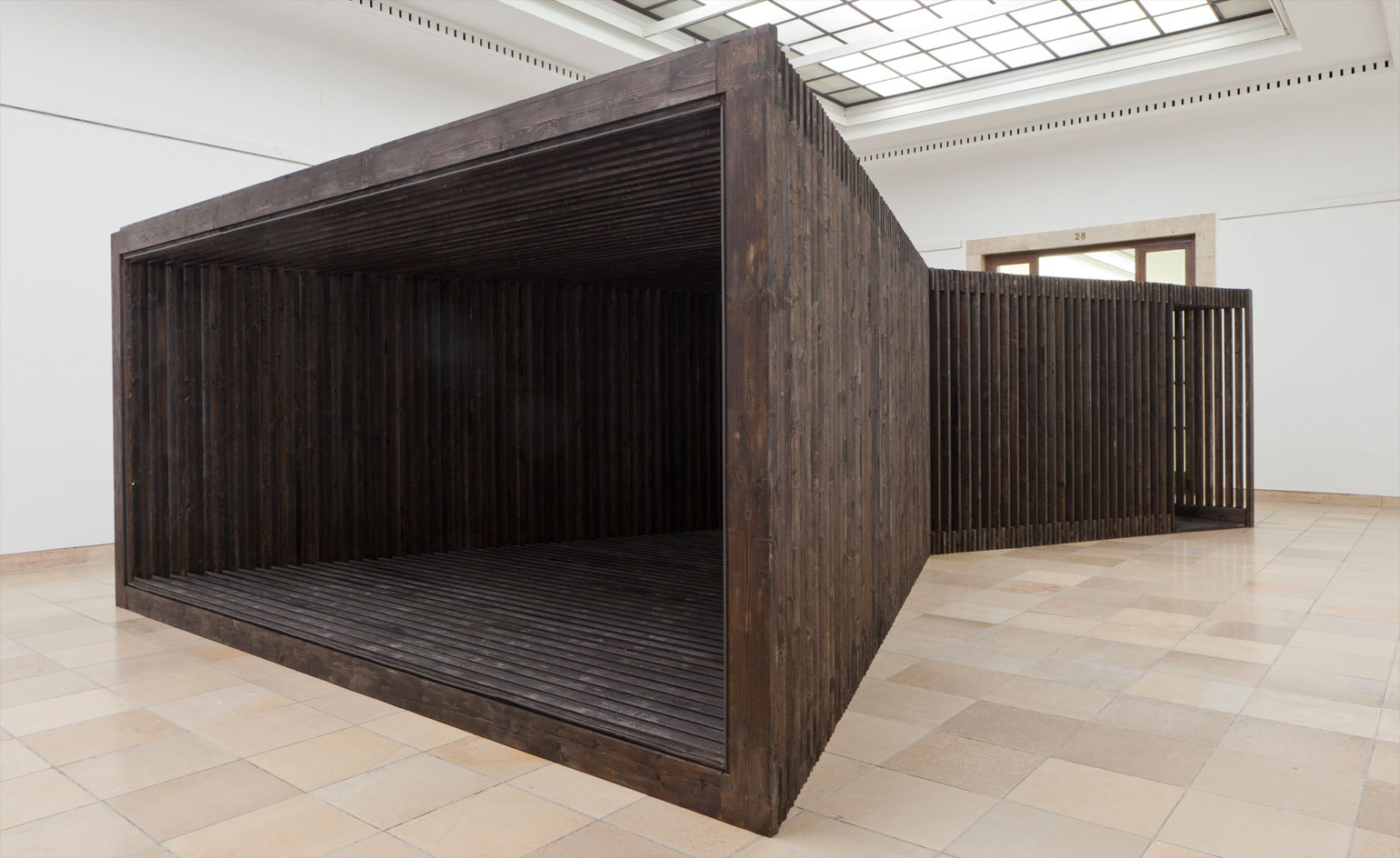
David Adjaye is more at home than most architects in a gallery setting. He thinks like a conceptual artist, creating spatial experiences with light, form and exotic materials that have the power to make us think. Fusions of art, artefact and space, his built work is more tangible than most, interesting to the touch. He takes a similar multifaceted approach to his small-scale constructions, photography and furniture as well.
'Form, Heft, Material', on through May at the Haus der Kunst in Munich, is therefore a great journey for a follower of contemporary culture. If you've never had the fortune to experience one of Adjaye's spaces up close, this is the next best thing. Rather: this is your chance. Curator Okwui Enwezor - along with Zoë Ryan, the John H Bryan chair and curator of architecture and design at the Art Institute of Chicago - have brought in the entire wood-slat 'Horizon' pavilion, designed by Adjaye for Albion Barn in Oxford, and the monolithic furniture he created to complement it.
'Horizon' is one of more than 45 projects in this largest-ever survey of the African-born, London-based architect, which includes drawings, models, sketches, films, and large-scale fragments of projects. His unique approach that defies convention gives his projects hybridised qualities: part monumental, part delicate, they are emotional and alive with meaning. Many of these projects feature in bold photographs by Ed Reeve, a friend for whom Adjaye also designed one of his first rule-breaking homes in London.
One of our most international architects, with offices on four continents and a particular affinity for African urbanism, Adjaye is difficult to pin down because of his esoteric style and his reimagining of location-based motifs. What unifies his buildings are their dissolution of barriers and their ability to develop and engage communities. A room in the exhibition is dedicated to his extensive fieldwork in Africa, resulting in two books, an office in Ghana and projects like Ghana's Cape Coast Slavery Museum and even the forthcoming Smithsonian National Museum of African American History and Culture (NMAAHC) in Washington, DC. Compared with his private residential commissions in London and New York, for instance, those latter projects are amazingly permeable.
Less a retrospective than an exploration of future potential, 'Form, Heft, Material' opens a discussion around what buildings can strive for in the 21st century. There are few better architects to illustrate how socially effective architecture can be.

Detail of 'Horizon'. The installation is one of more than 45 projects in this largest-ever survey of the African-born, London-based architect.
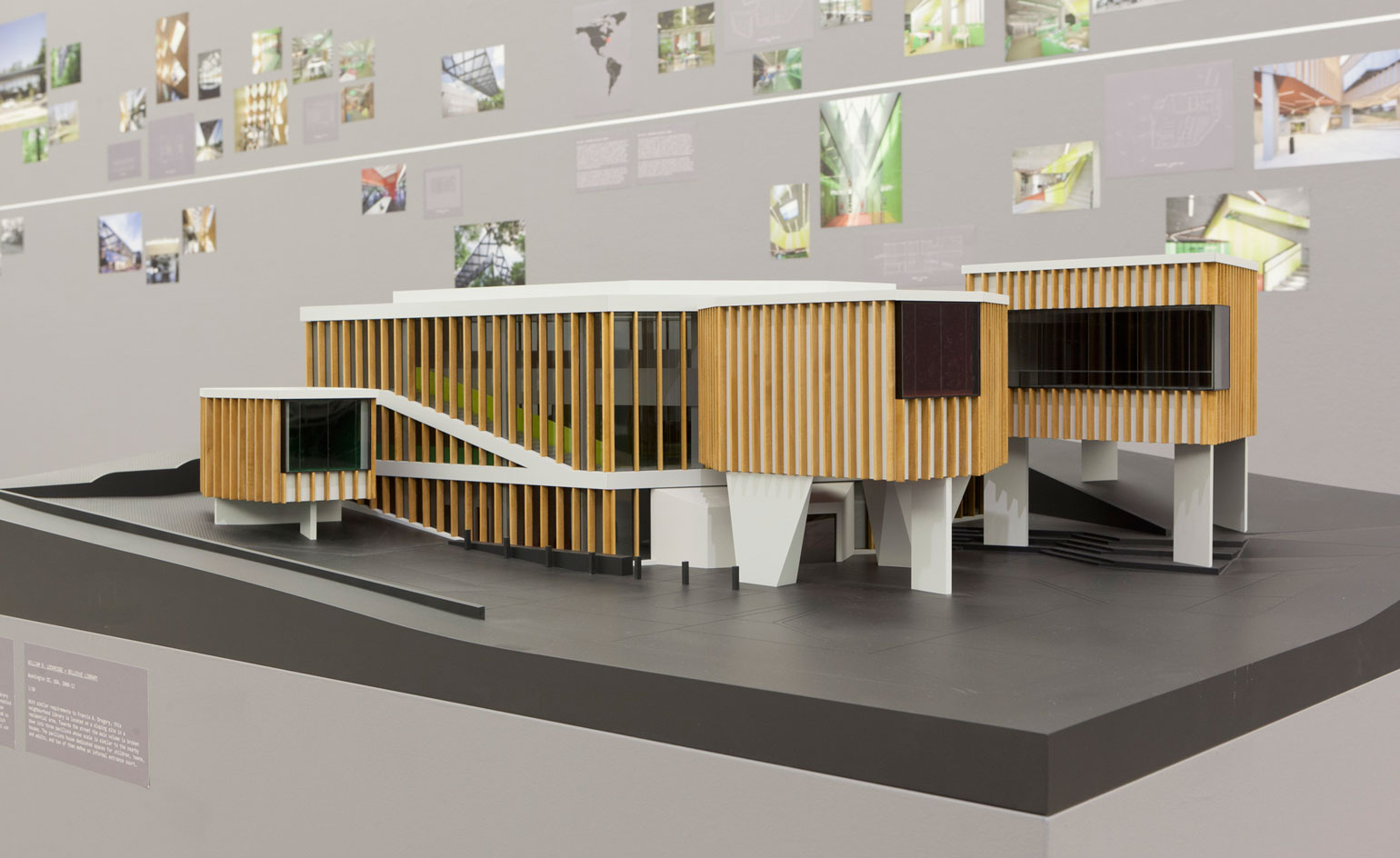
The exhibition explores the multifaceted approach of the architect, with drawings, models, sketches, films, and large-scale fragments of projects on show.
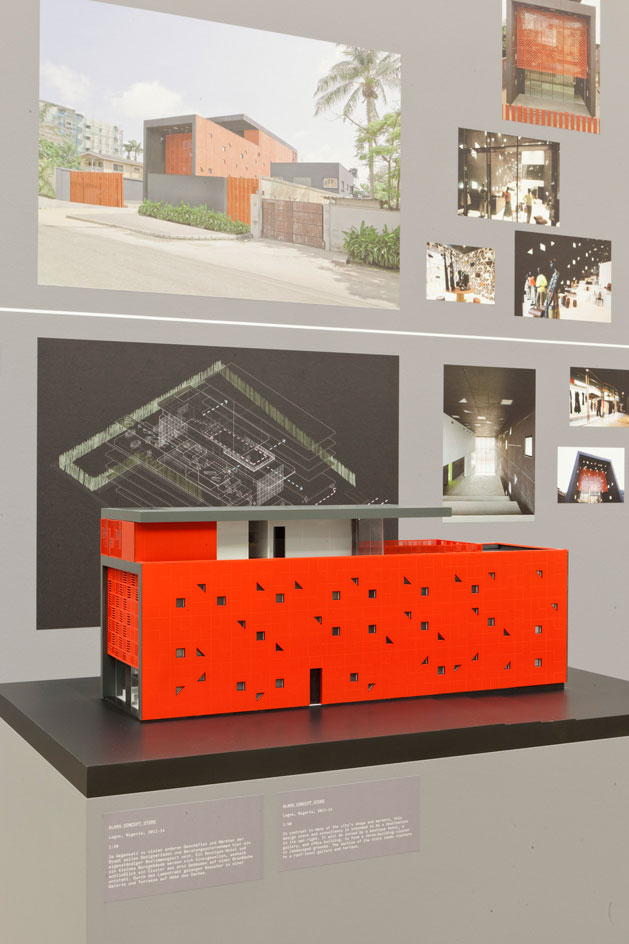
Less a retrospective than an exploration of future potential, 'Form, Heft, Material' opens a discussion around what buildings can strive for in the 21st century.
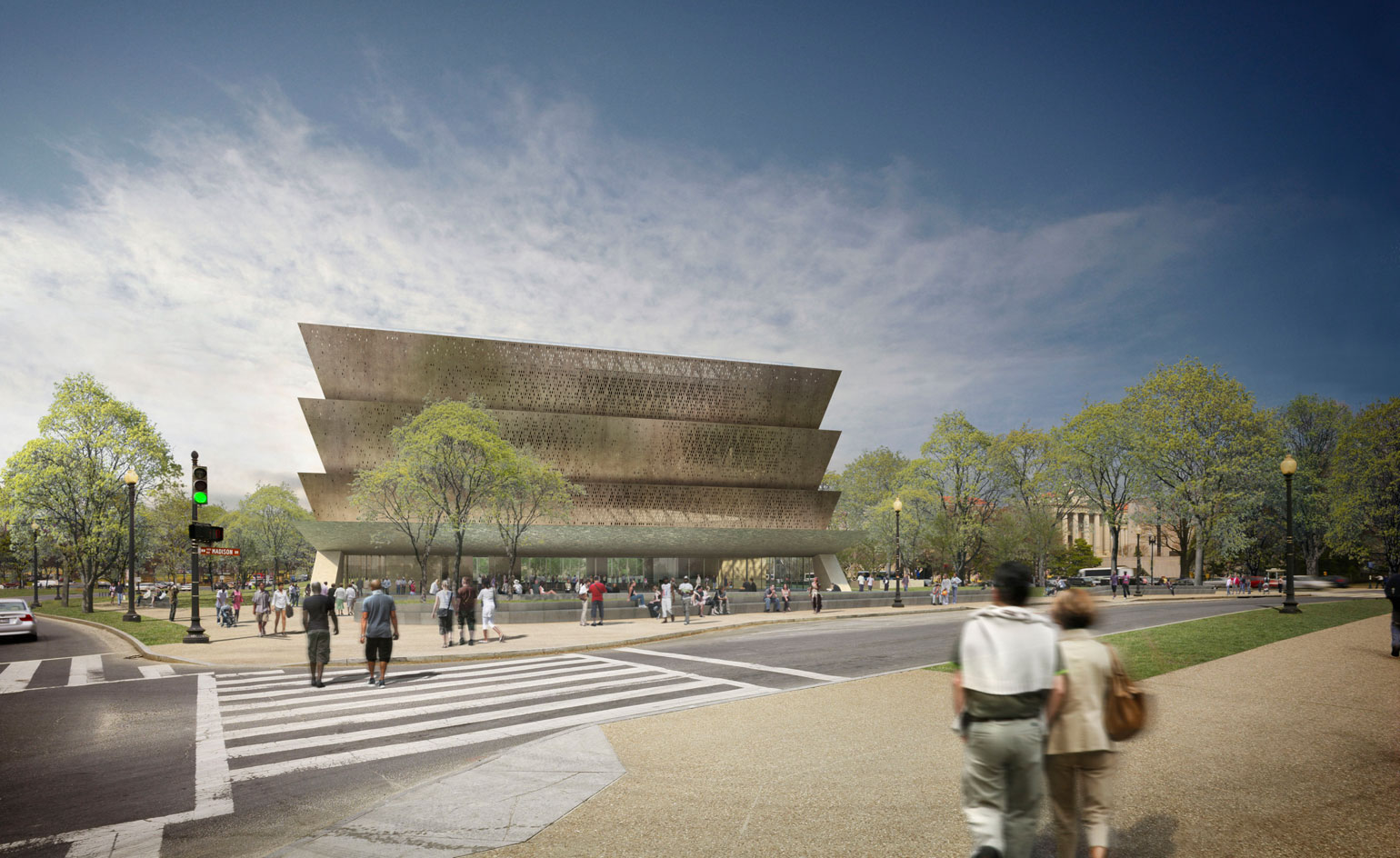
The exhibition comes at a significant moment in Adjaye’s career - his Smithsonian National Museum of African American History and Culture (render pictured), a historically important and iconic building, will open to the public in 2015 and is already gaining broad recognition

The design of the building was inspired by a sculpture by the early-twentieth-century Yoruba sculptor Olowe of Ise

Many of the projects in the Munich show feature in bold photographs by Ed Reeve, a friend for whom Adjaye also designed one of his first rule-breaking homes in London. Pictured is Sugar Hill Harlem, New York, opened in 2014.
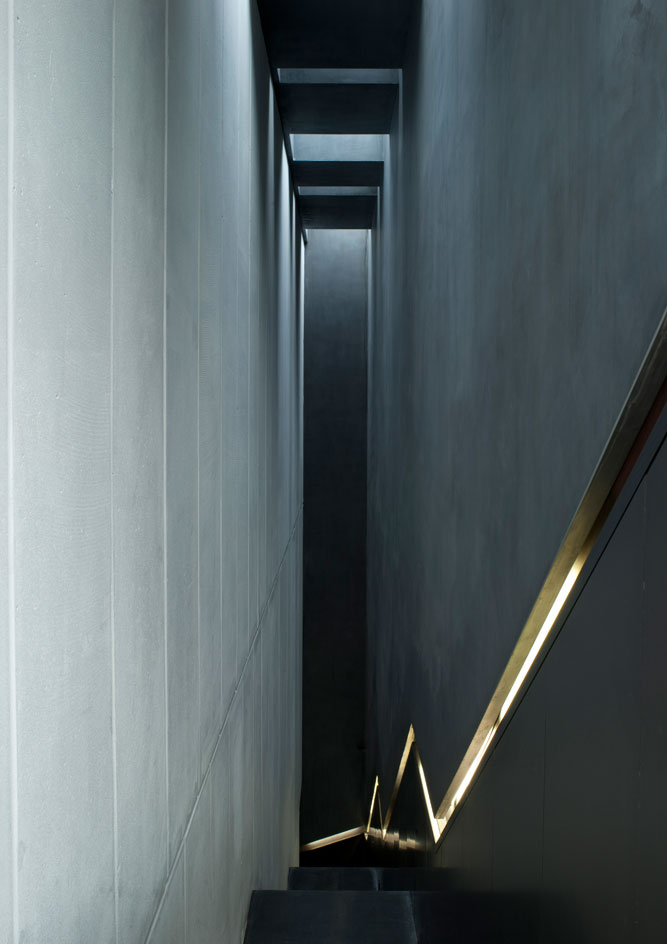
The stairs of Silverlight in London, his practice's first new build private residence

One of the most international architects, with offices on four continents and a particular affinity for African urbanism, Adjaye is difficult to pin down because of his esoteric style and his re-imagining of location-based motifs.
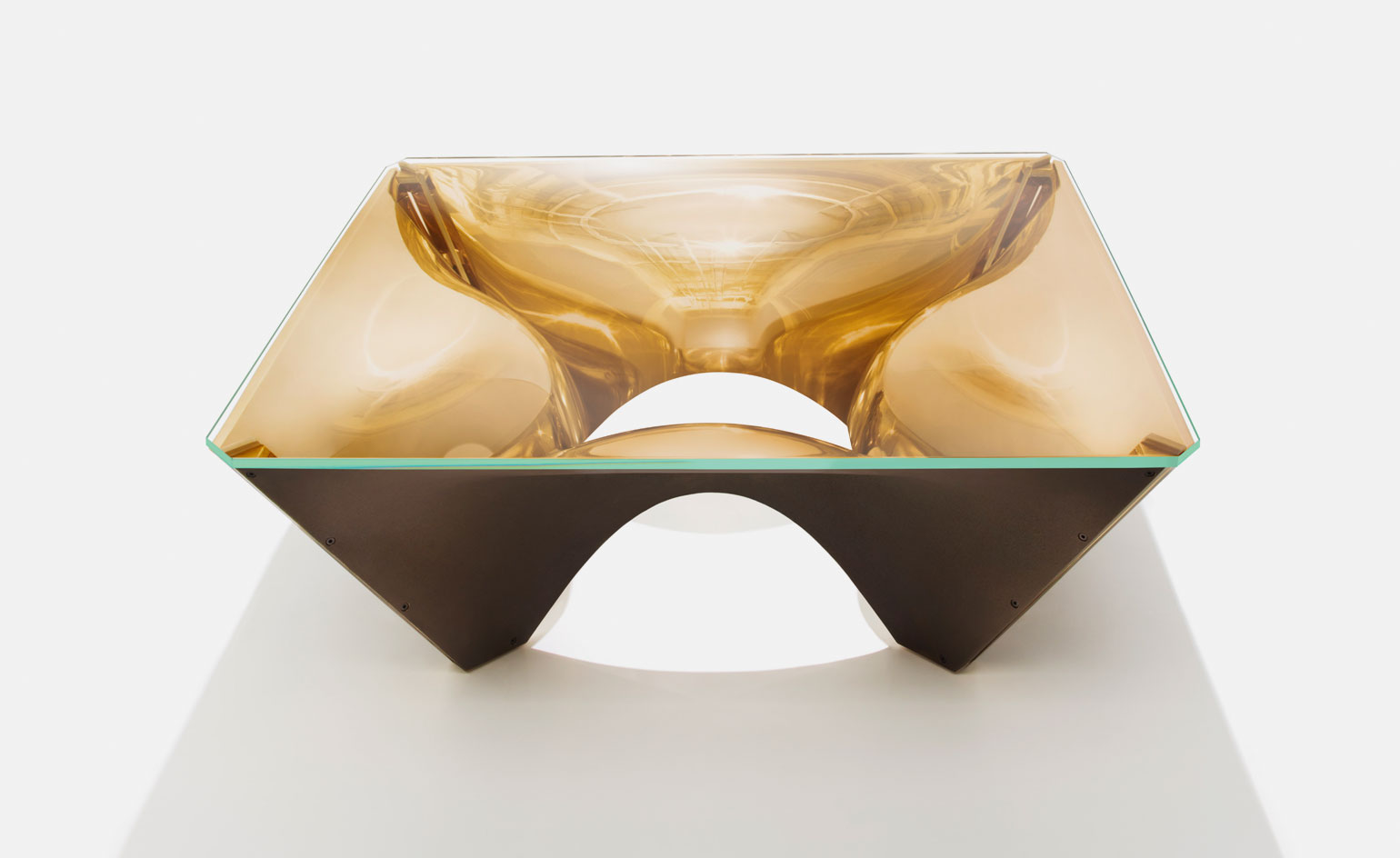
'Washington Corona Bronze Coffee' table, by David Adjaye, for Knoll, 2013

For his 2008 'Europolis Manifesta' project, Adjaye extracted information from the capital cities of the European Union and condensed it into a single entity
ADDRESS
Haus der Kunst
Prinzregentenstrasse 1
80538 München
Germany
Receive our daily digest of inspiration, escapism and design stories from around the world direct to your inbox.
Based in London, Ellen Himelfarb travels widely for her reports on architecture and design. Her words appear in The Times, The Telegraph, The World of Interiors, and The Globe and Mail in her native Canada. She has worked with Wallpaper* since 2006.
-
 Remembering Valentino Garavani, master of Italian glamour (1932-2026)
Remembering Valentino Garavani, master of Italian glamour (1932-2026)‘The Last Emperor’ of fashion has passed away aged 93, it has been announced by his eponymous foundation today (19 January 2026). He will be remembered for his expressive vision of Roman glamour and cinematic muses
-
 The design reissues we loved from Paris Design Week
The design reissues we loved from Paris Design WeekWe bring you the best contemporary interpretations of historic design, fresh from Paris Design Week 2026
-
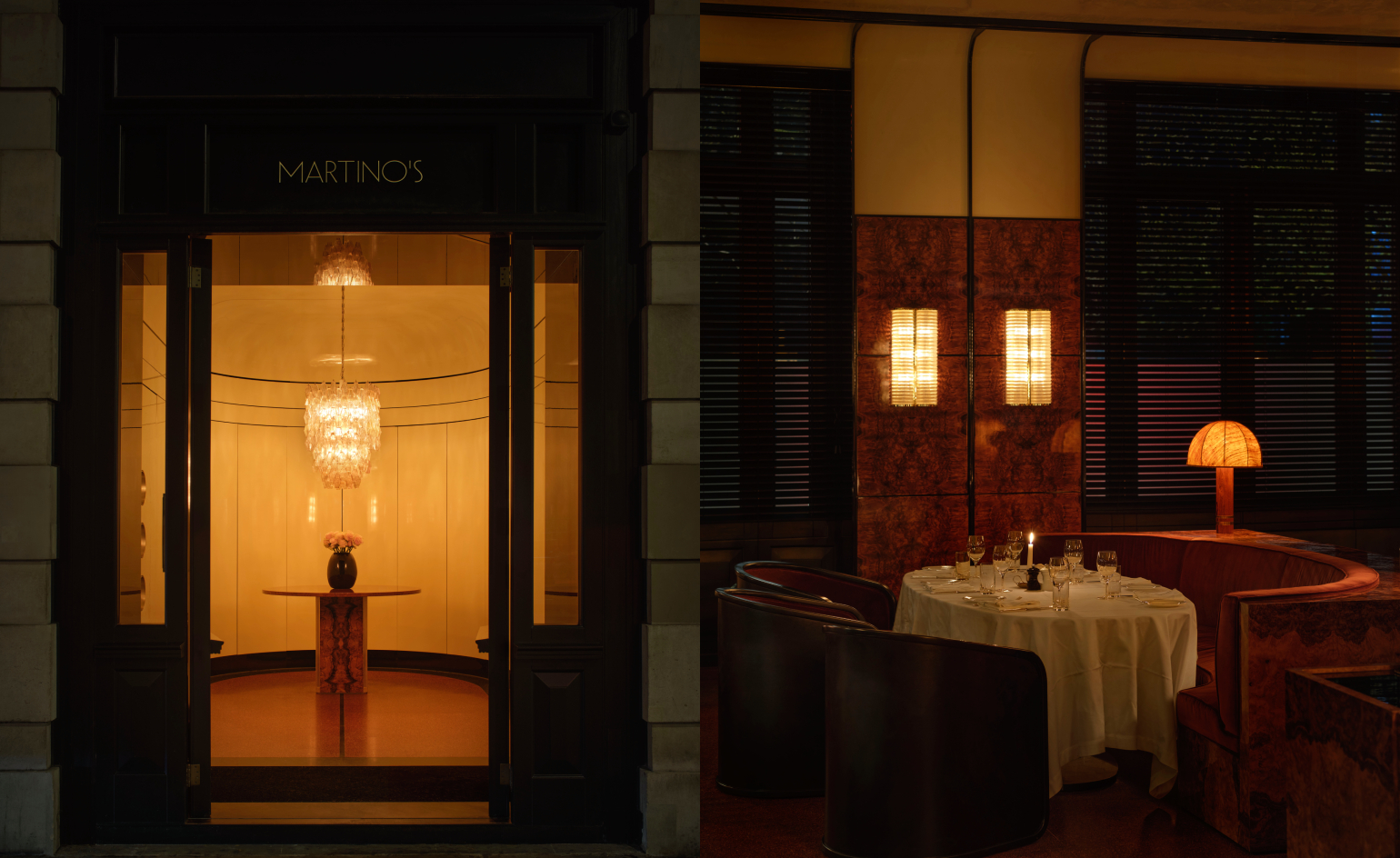 Martin Kuczmarski’s new London restaurant is made for long lunches and late nights
Martin Kuczmarski’s new London restaurant is made for long lunches and late nightsFrom the founder of The Dover comes Martino’s: a softly lit Italian trattoria in Sloane Square, where appetite, atmosphere and romance are inseparable
-
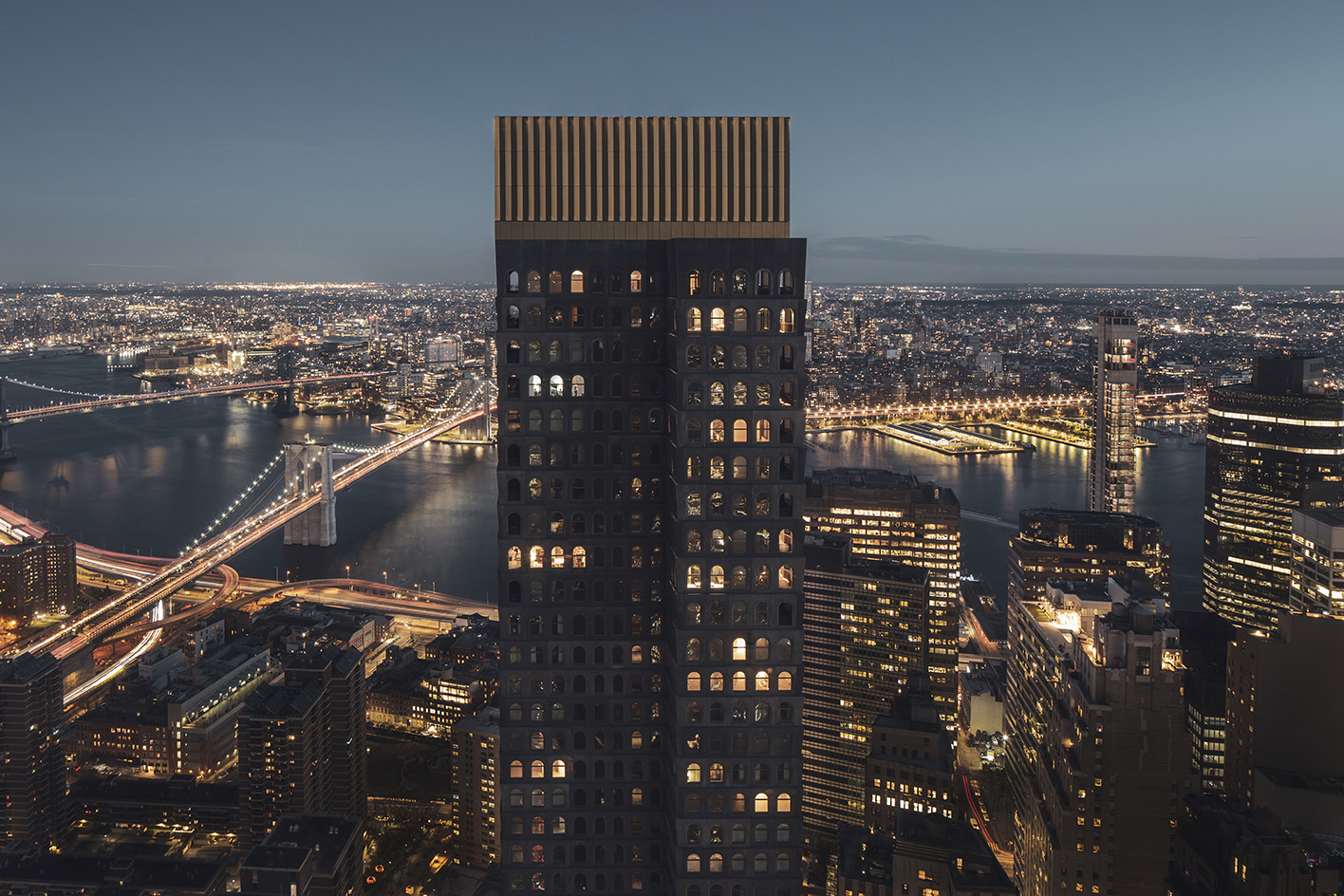 130 William by Adjaye Associates’ holistic vision is unveiled in New York
130 William by Adjaye Associates’ holistic vision is unveiled in New YorkWe unveil the holistic design of Adjaye Associates’ 130 William, the residential scheme that has just completed in New York
-
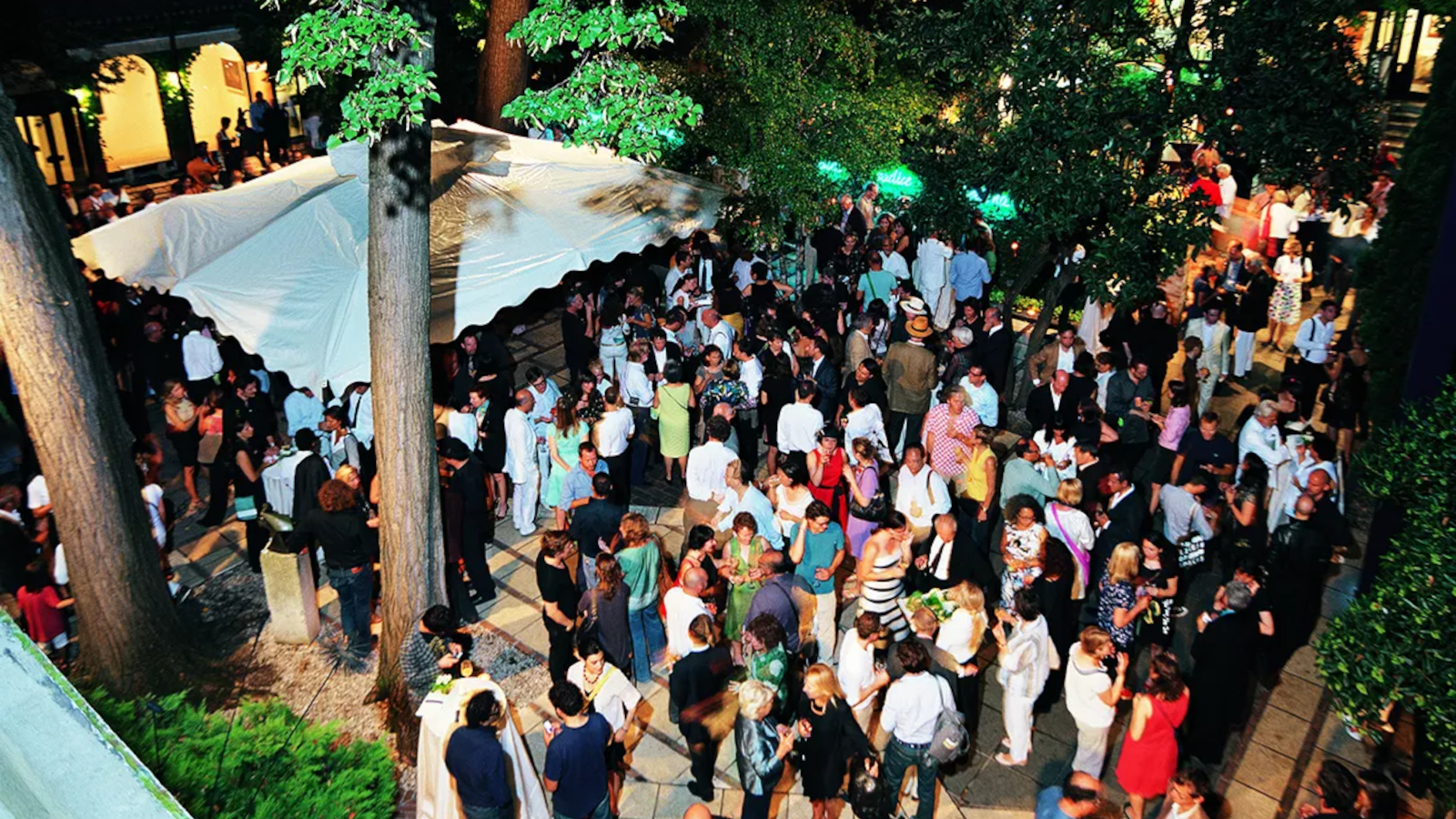 Venice Architecture Biennale 2023: the ultimate guide
Venice Architecture Biennale 2023: the ultimate guideAs the Venice Architecture Biennale 2023 opens, we explore the offerings at the world’s famous celebration of building design
-
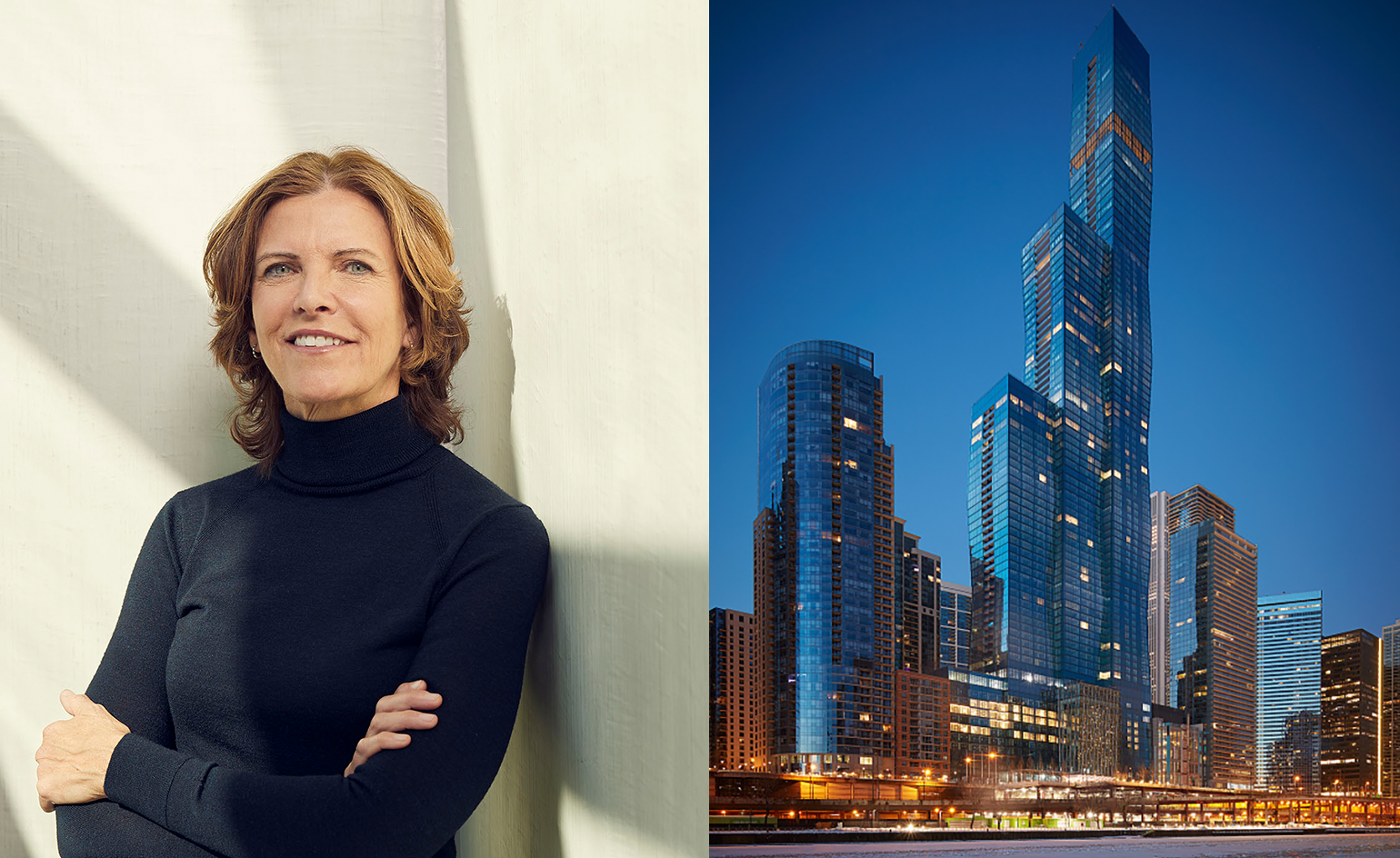 Jeanne Gang scoops 2023 Charlotte Perriand Award
Jeanne Gang scoops 2023 Charlotte Perriand AwardThe 2023 Charlotte Perriand Award goes to American architect Jeanne Gang
-
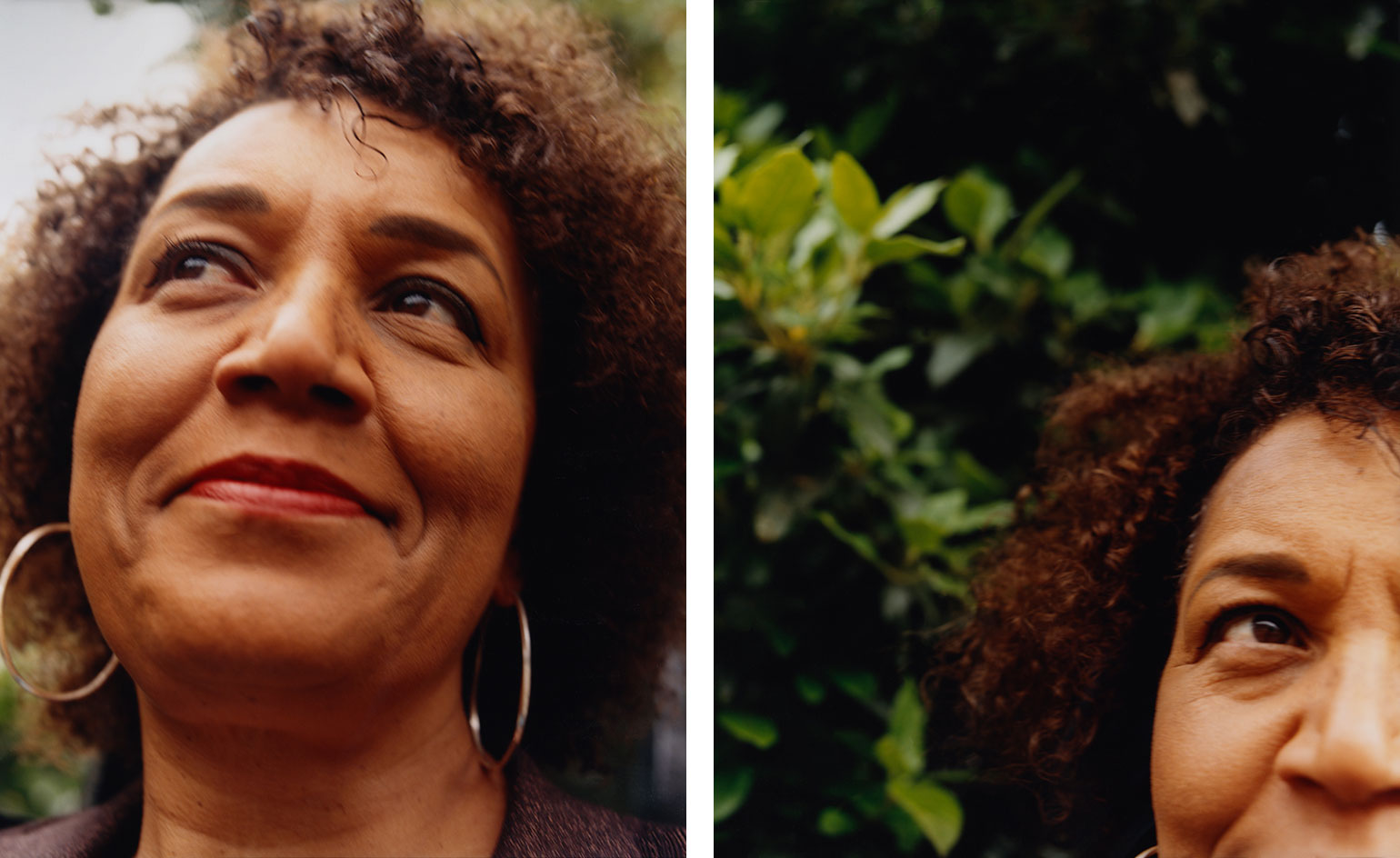 Venice Architecture Biennale 2023 curator Lesley Lokko on decolonisation, decarbonisation and diversity
Venice Architecture Biennale 2023 curator Lesley Lokko on decolonisation, decarbonisation and diversityThe Ghanaian-Scottish architect, who will curate the 2023 Venice Architecture Biennale, sets out to tackle global issues through her new school in Accra
-
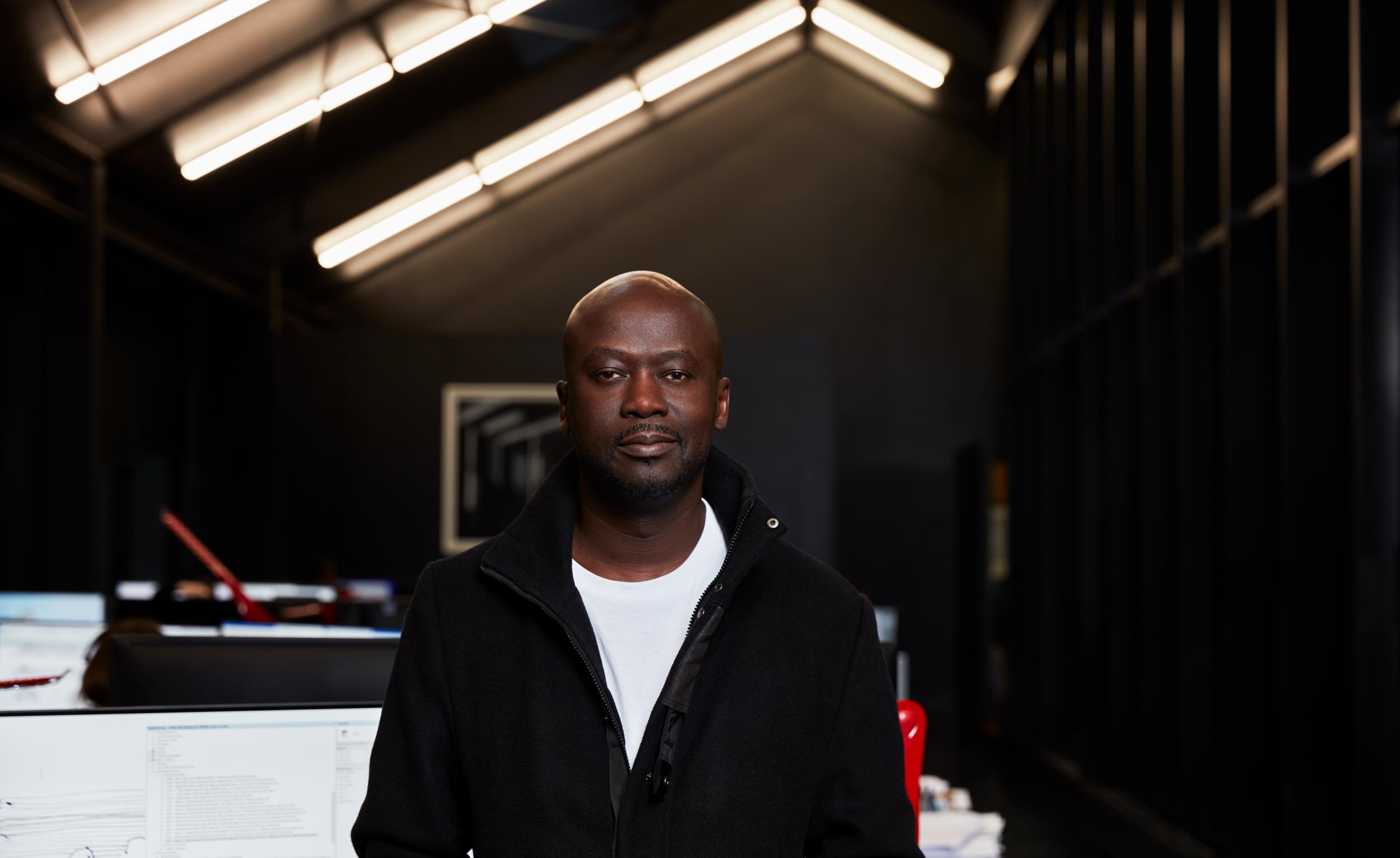 Sir David Adjaye scoops inaugural Charlotte Perriand Award
Sir David Adjaye scoops inaugural Charlotte Perriand AwardArchitect Sir David Adjaye is announced the winner of the 2022 Charlotte Perriand Award, the Créateurs Design Awards’ inaugural prize for design trailblazers
-
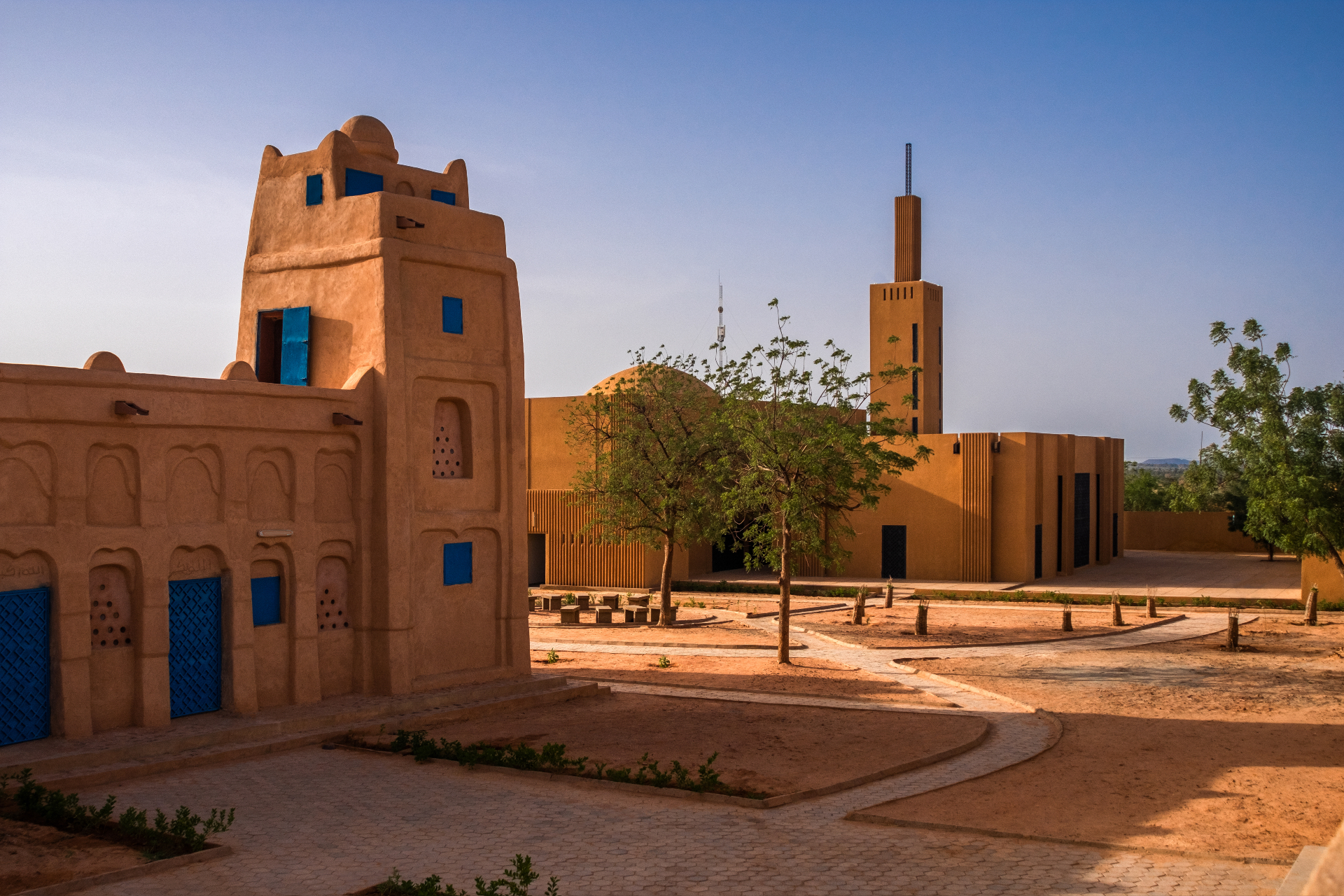 Mariam Kamara takes on the architectural challenges of the future
Mariam Kamara takes on the architectural challenges of the futureNigerien architect Mariam Kamara – tipped by Frida Escobedo as one of 25 creative leaders of the future in Wallpaper’s 25th Anniversary Issue ‘5x5’ project – is the dynamic principle of fast-emerging studio Atelier Masōmī
-
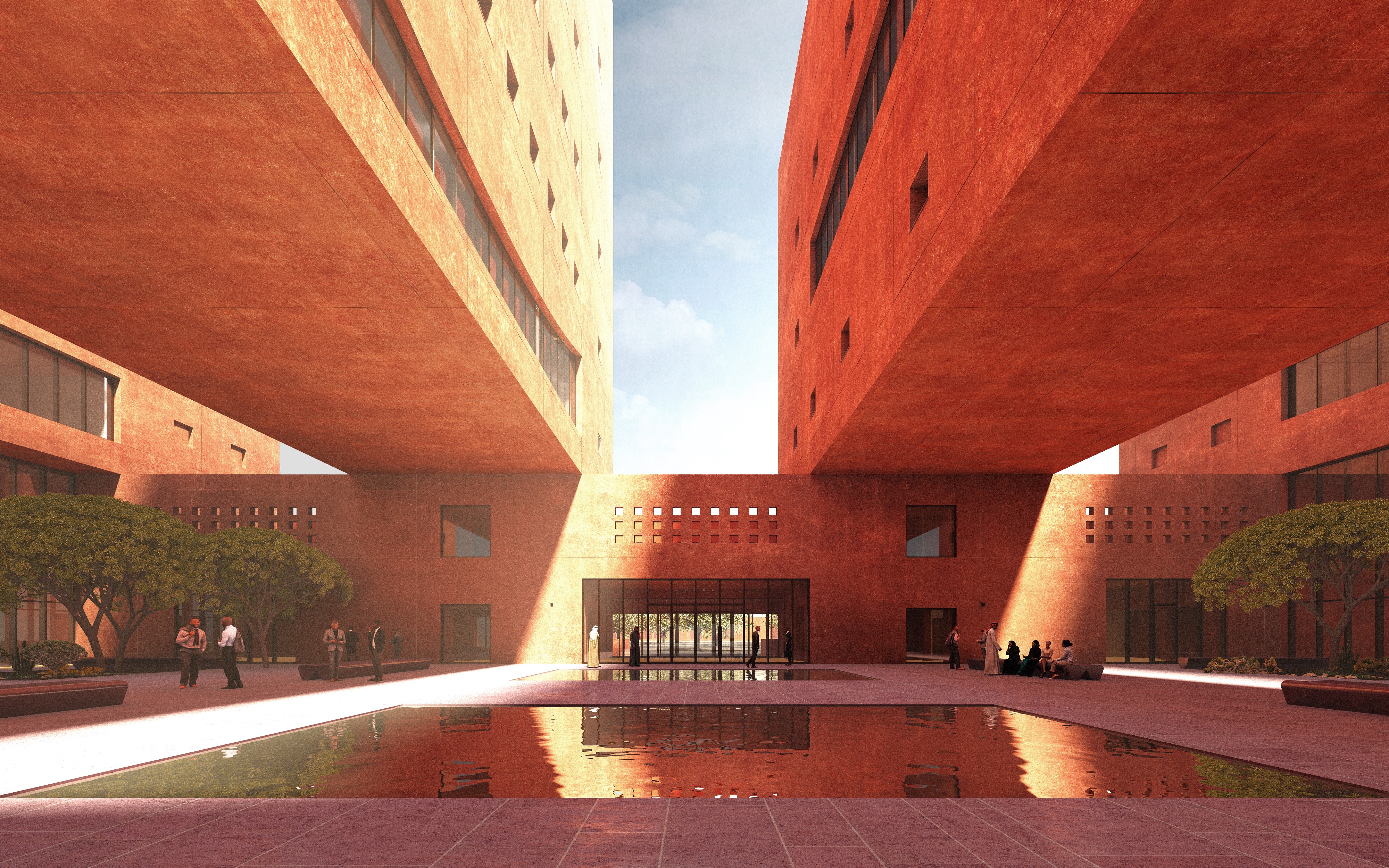 David Adjaye unveils plans for Africa Institute in Sharjah
David Adjaye unveils plans for Africa Institute in SharjahAdjaye Associates designs the Africa Institute, a new centre for the study, research and documentation of Africa and the African diaspora in the Arab world, in Sharjah, UAE
-
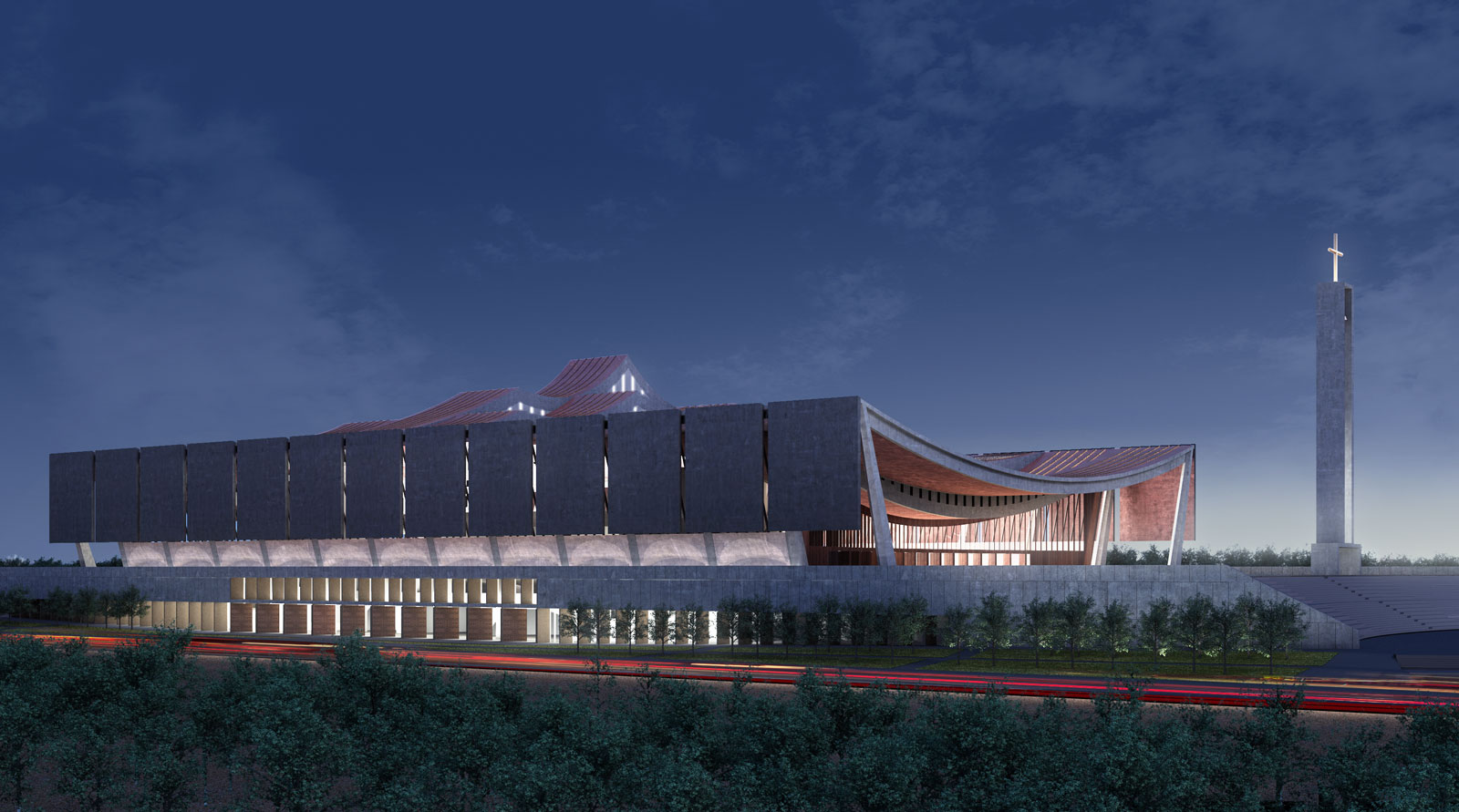 RIBA announces Google Arts and Culture partnership
RIBA announces Google Arts and Culture partnershipThe curated selection on Google Arts & Culture will encompass works from the Renaissance to the present day